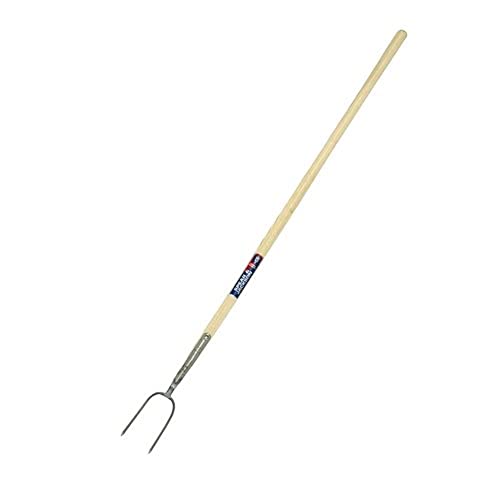The Advantages of a Carbon Fiber Fork over an Aluminum Fork
When it comes to choosing the right fork for your bicycle, it’s important to consider the material it is made from. Two popular options are carbon fiber and aluminum. While both materials have their advantages, carbon fiber forks offer several key benefits that make them a popular choice among cyclists. In this article, we will explore the advantages of a carbon fiber fork over an aluminum fork to help you make an informed decision.
Lightweight
One of the main advantages of a carbon fiber fork is its lightweight nature. Carbon fiber is known for being extremely strong yet incredibly light, making it an ideal choice for those looking to reduce the overall weight of their bike. An aluminum fork, while still relatively lightweight, is generally considered to be heavier compared to a carbon fiber fork. The reduced weight of a carbon fiber fork can result in improved acceleration and easier maneuverability, especially on climbs and in tight corners.
Improved Vibration Damping
Another advantage of a carbon fiber fork is its ability to dampen vibrations. Carbon fiber is known for its excellent vibration absorption qualities, providing riders with a smoother and more comfortable ride. This is particularly beneficial when cycling on rough terrain or during long rides as it helps to reduce fatigue and improve overall comfort. In contrast, aluminum forks can transmit more vibrations to the rider, resulting in a harsher and less enjoyable experience.
Enhanced Stiffness
Carbon fiber forks also offer enhanced stiffness compared to aluminum forks. Stiffness refers to the amount of flex or resistance to bending experienced when forces are applied to the fork. A stiffer fork can provide better handling and more precise steering, allowing for greater control and responsiveness. Carbon fiber’s superior stiffness-to-weight ratio makes it a preferred choice for those seeking optimal performance and handling characteristics.
Aerodynamic Advantage
For riders who are focused on achieving the best aerodynamic performance, a carbon fiber fork can provide a significant advantage. Carbon fiber forks are designed with sleek, streamlined shapes that help reduce wind resistance and drag. This can lead to improved speed and efficiency, particularly when riding at higher speeds or in a race setting. Aluminum forks, while functional, may not offer the same level of aerodynamic performance as carbon fiber forks.
Customizable Ride Characteristics
Unlike aluminum forks, carbon fiber forks can be engineered with specific ride characteristics in mind. Manufacturers have the ability to manipulate the layup of the carbon fiber, adjusting factors such as the modulus of elasticity and the orientation of the fibers, to create forks with tailored properties. This means that carbon fiber forks can be optimized to deliver the desired combination of stiffness, compliance, and ride quality. With an aluminum fork, riders have less control over these characteristics and are limited to the properties of the material itself.
In conclusion, while aluminum forks have their merits, carbon fiber forks offer several advantages that make them a popular choice among cyclists. These benefits include their lightweight nature, improved vibration damping, enhanced stiffness, aerodynamic advantage, and customizable ride characteristics. When considering a fork upgrade or purchasing a new bike, it’s worth considering the advantages that a carbon fiber fork can bring to your ride.






